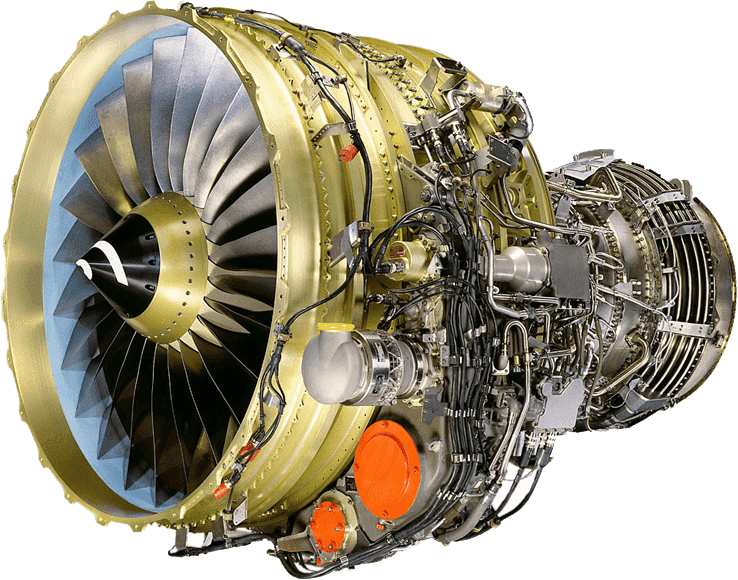Course Syllabus
Gas Turbine Engine - Powerplant 2 Course

Welcome! Malaus Ko Pu!
“The man who does more than he is paid for will soon be paid for more than he does”
– Napoleon Hill
Hello let's meet at 07:40 pm on Thursday, May 06, 2021 at this link:
https://hau.instructure.com/courses/5678/conferences/7284/join
Engr. Cathy Rose D Ramos | cathyrosedcramos@gmail.com
About this Course
Useful work or propulsive thrust can be obtained from a gas-turbine engine. It may drive a generator, pump, or propeller or, in the case of a pure jet aircraft engine, develop thrust by accelerating the turbine exhaust flow through a nozzle. Large amounts of power can be produced by such an engine that, for the same output, is much smaller and lighter than a reciprocating internal-combustion engine. Reciprocating engines depend on the up-and-down motion of a piston, which must then be converted to rotary motion by a crankshaft arrangement, whereas a gas turbine delivers rotary shaft power directly. Although conceptually the gas-turbine engine is a simple device, the components for an efficient unit must be carefully designed and manufactured from costly materials because of the high temperatures and stresses encountered during operation. Thus, gas-turbine engine installations are usually limited to large units where they become cost-effective.
>>Start here for learning modules.
If you are accessing this course from a mobile device, please review the following: Mobile Guides - Canvas Student
Quick Access
The course includes discussions on the operation, types, construction, development and the design principles of gas turbine engines.